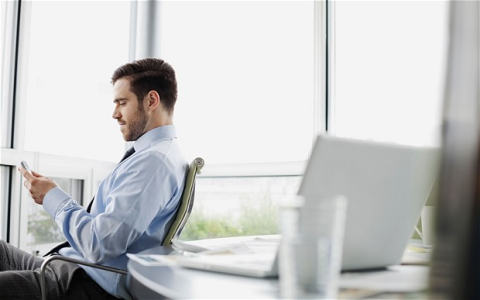

Lots of lockdown countries all over the world are currently experiencing is putting a renewed focus on personal hygiene. But despite people being advised to wash their hands often, how many apply the same rigour to their smartphones? Kaspersky provides a few tips on keeping mobile devices ‘virus-free’.
“Even before the COVID-19 pandemic, it is frightening to think how much bacteria lives on our personal mobile devices. And with the Coronavirus able to survive at room temperature and remain infectious on metal, glass, ceramic, and plastic for several days, it becomes essential to follow effective disinfection protocol,” Maher Yamout, security expert at Kaspersky.
The virus can get onto a phone or tablet in two ways: either in tiny droplets when an infected person coughs nearby, or from your own hands after touching door handles, ATM buttons, and the like.
Fortunately, unless a person hands their mobile device to someone who is infected to cough and splutter all over it, the probability of infection by airborne route is low. Transmission by hand depends on the duration of contact and varies for different microorganisms. But with no reliable data for COVID-19 available yet, it is always best to be extra cautious.
“If you must go to the shop for essential goods, it is imperative to disinfect your phone when you return home. There are several common household products that can deal with the Coronavirus effectively – ethanol (C2H5OH), isopropyl alcohol (C3H7OH), hydrogen peroxide (H2O2), and sodium hypochlorite (NaClO),” Maher Yamout, a security expert at Kaspersky.
Isopropyl alcohol is considered the least harmful to the oleophobic coating that allows fingers to slide over the screen without covering it in fingerprints. So, use it if you can (as spray or wet wipes).
Ethanol and hydrogen peroxide should be considered a backup if nothing else is available. With frequent use, these products can easily ruin the oleophobic coating. Even once might be enough, it depends on the coating.
As for concentration, the optimal to go for is approximately 70-80%. Purer alcohol evaporates too quickly for best results. The disinfecting solution must sit on the surface for about a minute. A lower concentration is less efficient in killing viruses.
People should therefore not rely on vodka for example instead of ethyl alcohol. Even glass cleaner is not as effective as isopropyl alcohol given it has a considerably lower alcohol content. It is also critical to not pour the disinfectant into the connectors, speakers, and other openings in the smartphone, even if it is waterproof. Rather, take a cotton pad, soak it in the liquid, and apply it to all sides of the device. There is no need to press hard, just carefully and thoroughly wipe the whole surface.
People should apply the same disinfection regiment to any other gadgets they use in public places. These can include tablets, laptops, smartwatches, bracelets, headphones, and so on. However, always check the product Website whether the manufacturer has any recommendations as to which substances are best suited for the device cleaning and how to apply them.
About Kaspersky
Kaspersky is a global cybersecurity company founded in 1997. Kaspersky’s deep threat intelligence and security expertise is constantly transforming into innovative security solutions and services to protect businesses, critical infrastructure, governments and consumers around the globe. The company’s comprehensive security portfolio includes leading endpoint protection and a number of specialised security solutions and services to fight sophisticated and evolving digital threats. Over 400 million users are protected by Kaspersky technologies and we help 270,000 corporate clients protect what matters most to them. Learn more at www.kaspersky.com.





